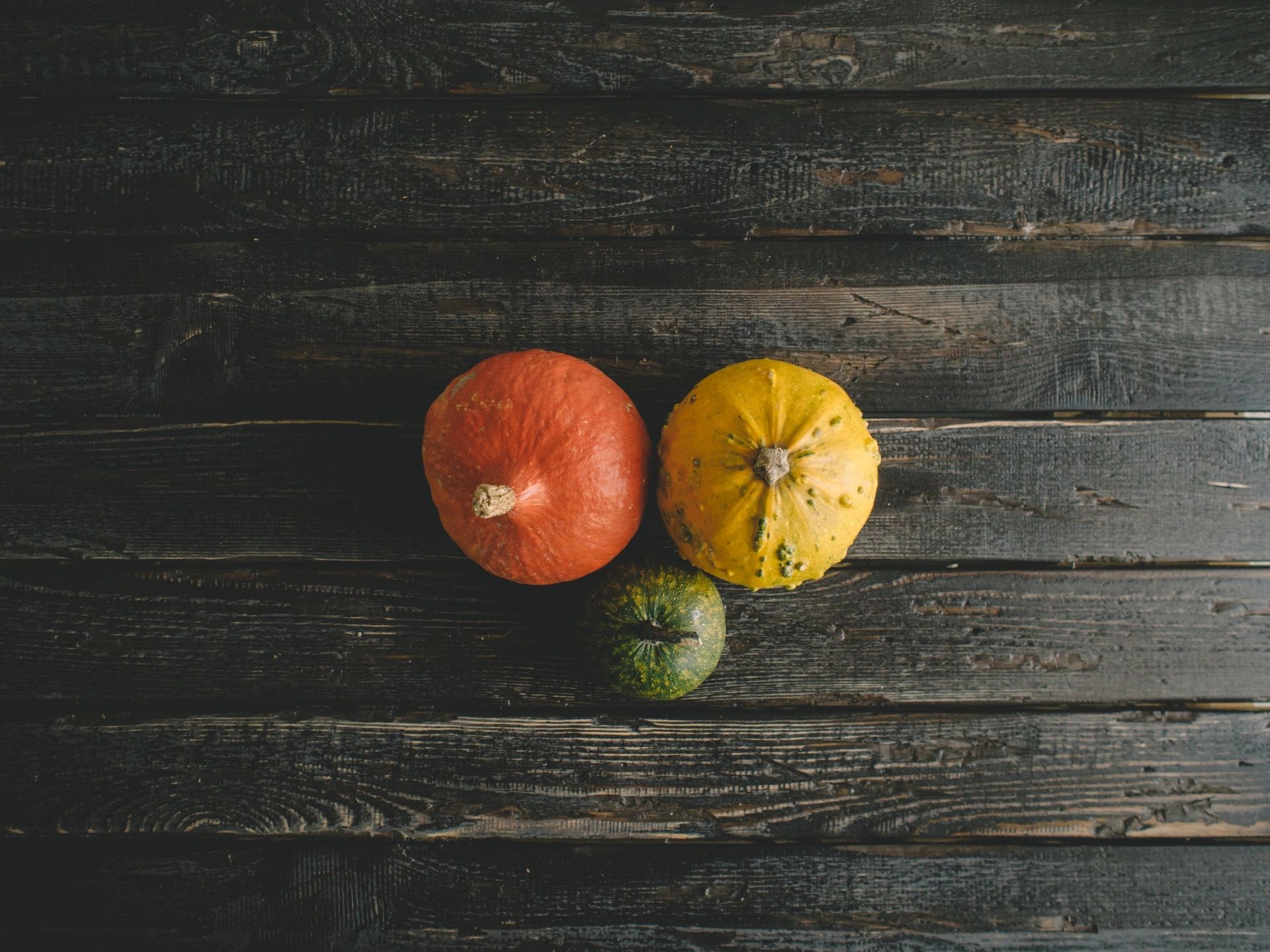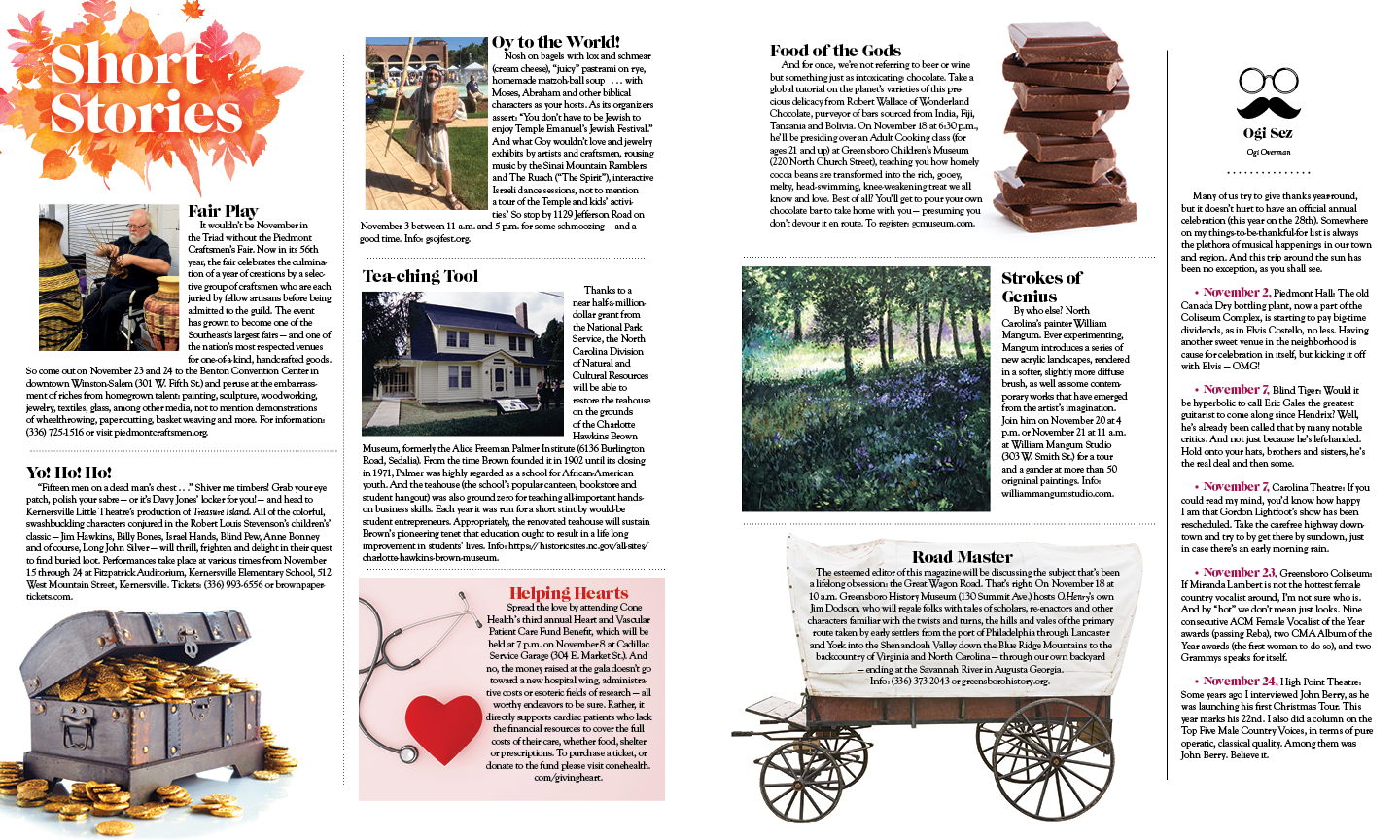Haw River Mushrooms literally strike paydirt with organic farming techniques
By Ross Howell Jr. • Photographs by Sam Froelich
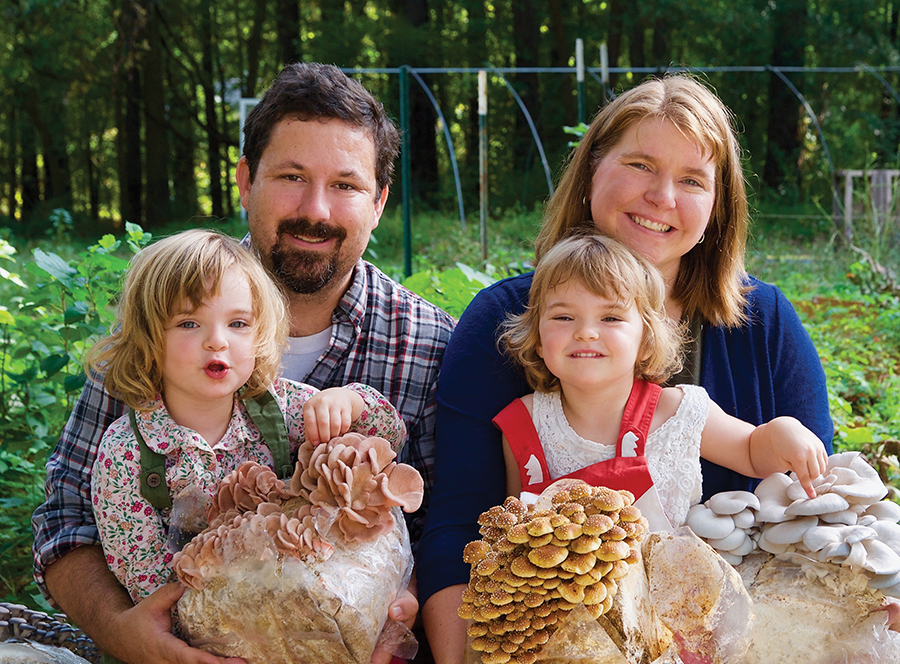 For many, mushrooms are the Rodney Dangerfield of the plant world. They get no respect. Heck, they aren’t even called plants anymore.
For many, mushrooms are the Rodney Dangerfield of the plant world. They get no respect. Heck, they aren’t even called plants anymore.
Up to the mid-19th century, scientists categorized fungus as nonchlorophyll-producing plants. But German botanist Heinrich Anton de Bary (1831–1888), who spent much of his career studying plant blights, slime mold, wheat rust, and the like, realized that what he was observing wasn’t plant material at all, but something different.
In the process, de Bary was able to show that potato blight was spread by fungus. This was a big deal, since hundreds of thousands of Irish a few years earlier had perished in the Great Famine. For his discovery, de Bary would be recognized as the father of mycology, a branch of biology devoted to the study of fungi.
Mushrooms differ from plants in that they secrete digestive enzymes to process food, which makes them more closely related to animals than to the vegetables we buy at farmers’ markets. To me, that’s a little creepy.
So you have to respect any farmers’ market grower who opens an online presentation with the words, “I’m Laura Stewart, and I grow fungus for a living.”
And Laura Stewart — along with her husband Ches — is the reason I’m turning into the gravel drive of Haw River Mushrooms, an organic farm outside Saxapahaw, a town on the banks of the Haw River. The town’s name was influenced by a Native American tribe first chronicled as the “Sauxpa” by Spanish explorers in the 16th century.
Along the driveway some pickups are parked. To the right I can see a couple semitrailers. Next to them stands a low cinder-block skirt and a metal superstructure for what looks like a soon-to-be-completed growing house.
I park by a big oak tree and step out of the car. Two men are working in front of a big shed at a substantial piece of equipment I don’t recognize.
A woman drives up in a dark minivan. She pulls a lock of auburn hair behind an ear as she gets out, gathering items from the front seat. She closes the driver’s door with a hip. Her hands are full of keys, mail, a cup of coffee and a half-eaten muffin. She smiles, looking at me quizzically.
“You must be Laura Stewart,” I say.
“Oh, my goodness,” she says. “We’ve been so busy I forgot! I just did a mushroom growing program at my daughters’ day care. Have you been waiting long?”
“Just got here,” I answer.
We walk toward a pretty farmhouse with a vegetable garden by the porch. Inside, I’m greeted by a big, friendly shepherd dog named Isaac.
Laura introduces me to her husband Ches, a compact, powerfully built man who’s just about to head out the door with an interviewee for a full-time job at the farm. Ches and I shake hands.
He tells me he’s from South Carolina and was interested in horses when he was younger.
“My background’s agricultural,” Ches says. He attended Middle Tennessee State University Auburn University, and received a master’s degree at Clemson University. “All I ever wanted to do was farm,” he adds.
Ches and the interviewee head out the door, Isaac trotting along behind them.
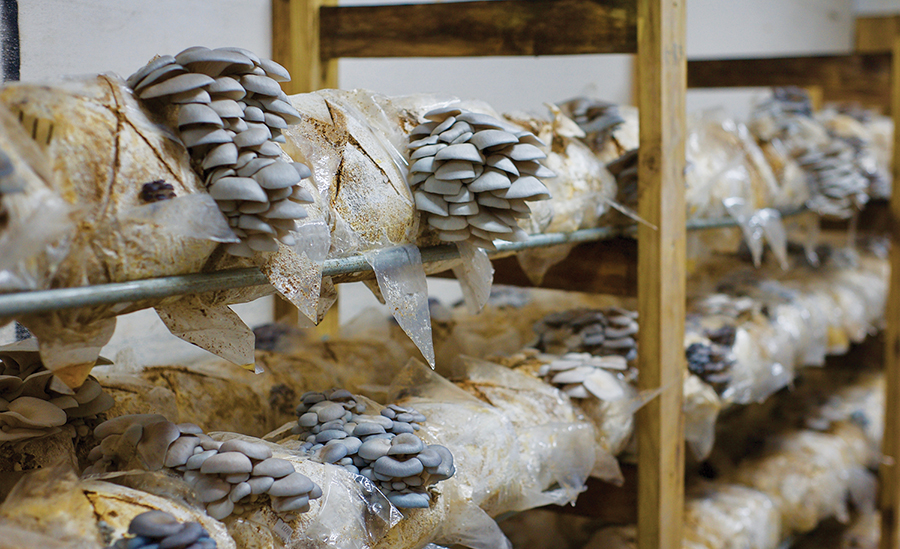 Laura and I sit down at a thick-legged dining table. She tells me she and Ches founded Haw River Mushrooms in 2012, when each of them still had full-time jobs. Ches was working for a company as a crop adjuster and she was education director at the Carolina Farm Stewardship Association, a nonprofit organization in Pittsboro that encourages people in the Carolinas to grow and eat local, organic food.
Laura and I sit down at a thick-legged dining table. She tells me she and Ches founded Haw River Mushrooms in 2012, when each of them still had full-time jobs. Ches was working for a company as a crop adjuster and she was education director at the Carolina Farm Stewardship Association, a nonprofit organization in Pittsboro that encourages people in the Carolinas to grow and eat local, organic food.
Like Ches, Laura has seen a good bit of the country, too. She studied at Knox College in Galesburg, Illinois, and received a master’s degree in management at Antioch University in Seattle, Washington. The couple met in Columbus, Ohio.
“Our first date we went to Polyface Farm,” Laura says. My initial thought is, well, maybe that’s the name of a fancy restaurant in Columbus.
Was I ever wrong.
Polyface Farm — the “Farm of Many Faces — is located in the Shenandoah Valley near Swoope, Virginia. For anyone deeply interested in sustainable, organic agriculture, the farm is a place of pilgrimage, offering a variety of educational tours, programs and seminars.
Back in 1961 William and Lucille Salatin purchased a worn-out, eroded property and settled there with their young family. Rather than follow the conventional principles of farming at the time, they used nature as a pattern and began the long process of organically restoring the land.
The Salatins planted trees, built compost piles, dug ponds and moved grazing livestock daily using electric fencing. They were pioneers in grass-fed beef production. Along the way they invented portable sheltering systems for cattle, chickens and rabbits, and introduced sustainable methods for raising pigs in woodland areas.
One of the Salatins’ sons, Joel, is the spokesman for Polyface Farm. Considered by his fans to be “the most eclectic thinker from Virginia since Thomas Jefferson,” he is sometimes labeled a “charlatan” by his detractors.
 Whatever Joel Salatin is, he’s inspirational. He’s written 12 books and delivers inspiring educational presentations around the country.
Whatever Joel Salatin is, he’s inspirational. He’s written 12 books and delivers inspiring educational presentations around the country.
“Ches and I read Joel’s book, You Can Farm,” Laura says. “And it had a big impact on us. We started thinking even more seriously about how farming could earn us the living we wanted for ourselves and our children.”
So the couple moved to our part of North Carolina — for the climate and the close access to local urban markets.
“This is a great area to locate a small, sustainable family farm,” Laura says. In addition to climate and markets, there are excellent resources, like Laura’s former employer, the Carolina Farm Stewardship Association, and the Rural Advancement Foundation International-USA(RAFI), also headquartered in Pittsboro. RAFI’s mission is to cultivate markets, policies and communities that support thriving, socially just and environmentally sound family farms.
In the end, though, it all comes down to hard work and good dirt. And mushrooms are about as efficient at making good dirt as any living thing you can think of.
The vegetative part of a fungus is called the mycelium, a system of fine, branching filaments. Think of the mycelium as the “roots” of a mushroom, and the edible part as its “fruit.” Mycelium may form a colony too small to see with the naked eye, or one that can spread for thousands of acres.
Secreting enzymes that are remarkably effective at breaking down plant material, these colonies add essential organic material to the soil. They also enhance nutrient and water absorption by the roots of plants, increasing their resistance to disease. And the mycelium colonies release carbon dioxide into the environment.
And carbon dioxide is just what green plants need. By photosynthesis, they use carbon dioxide and water to produce sugar and oxygen, vital to sustaining their life and growth. Of course, the oxygen green plants manufacture is fairly important to us human beings, too.
“We’re surrounded by an amazing system of abundance,” as Laura likes to put it. She suggests we head outside so I can see how they grow fungus at Haw River Mushrooms.
As we walk toward the machine where the two men are working, Laura points out a raised bed in the garden by the house. She explains that it’s an example of what the Germans call Hugelkultur, a technique using compost materials to build beds where plants can be grown. Here the bed is underlaid with mushroom-inoculated logs covered with straw. Atop the bed grows a squash vine.
“We harvested more than 40 yellow squash,” Laura says. “And there are healthy mycelium developing on the logs under the straw.”
She stops by an enormous oak tree near the garden. There’s a mulched bed surrounding the tree. Laura reaches into the mulch, carefully exposing the white tendrils of mushroom mycelium with her fingers.
“In the wild, mushrooms often grow at wood’s edge, so we thought we’d give this a try,” Laura says. She tells me she and Ches have farmer friends who are trying to grow mushrooms between rows of sweet corn. She calls all these growing experiments — the squash bed, the mulched bed around the oak, the corn row mushrooms — “citizen science.”
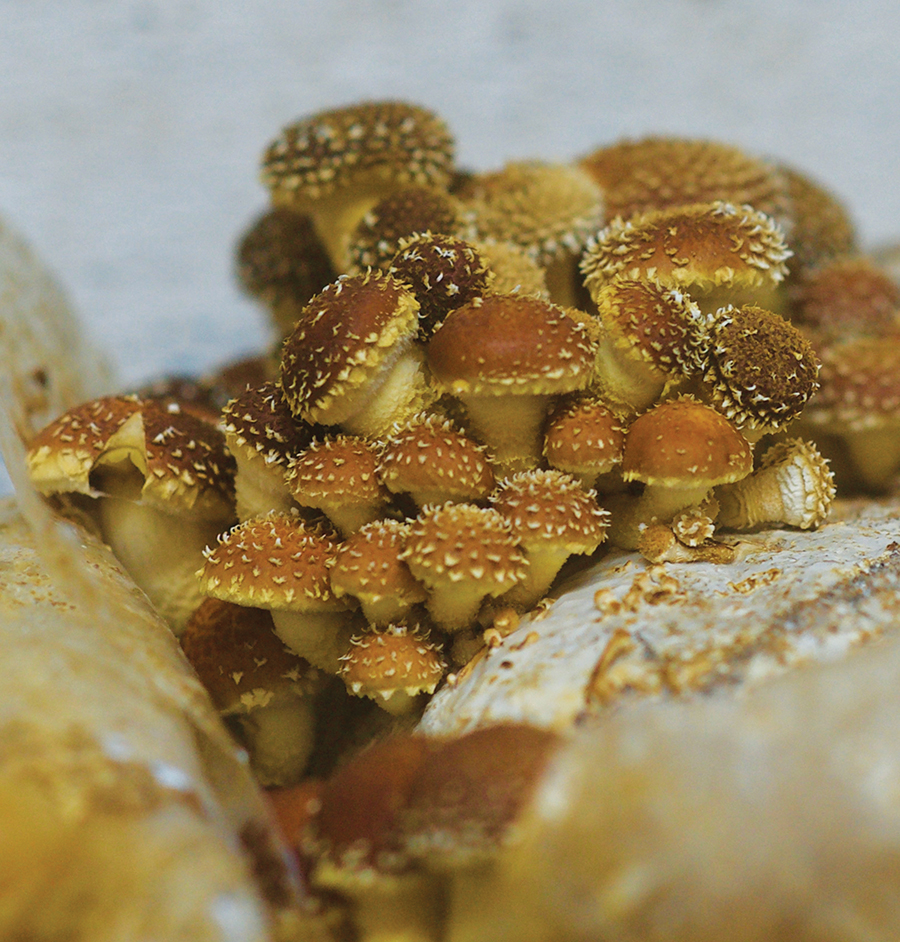 Now we’ve reached the machine in front of the shed. It’s used to inject substrate — the material in which the mushrooms will grow — into clear bags. After the substrate, a splash of water is injected. The tops of the bags are folded over. Then they’re placed into a galvanized livestock watering trough that has been outfitted with propane burners on the bottom.
Now we’ve reached the machine in front of the shed. It’s used to inject substrate — the material in which the mushrooms will grow — into clear bags. After the substrate, a splash of water is injected. The tops of the bags are folded over. Then they’re placed into a galvanized livestock watering trough that has been outfitted with propane burners on the bottom.
“The substrate is a mix of mulch, soybean hulls, straw and oak sawdust,” Laura says. “There’s a sawmill in Liberty where we especially like to get our sawdust,” she adds.
Once the trough is filled with bags, a lid is put over the top and the burners ignited. Since they are so rich in organic materials, the bags have to be sterilized.
“Otherwise, any sort of bacteria or fungus could start growing inside,” Laura says. Once they’re sterilized, the bags are transferred to racks in the cooled shed behind us. There they’ll be inoculated with the spores of the various types of mushrooms that are the farm’s specialties.
We walk across the drive to one of the semitrailers, or “grow houses.” Laura closes the door behind us. Inside the space is dimly lit.
Laura explains the growing houses could be lit with blue light only, since that’s the range of the spectrum the mushrooms respond to.
“We thought one Halloween we might hang blue lights when we do tours, just for effect,” she says.
It’s cool and damp. The only sound is the whirring of air-moving equipment. Clear bags now removed, blocks of substrate with mushrooms emerging at various states of development rest on racks running the length of the trailer.
As I’m making notes, I look up, befuddled to see I’m suddenly shrouded in fog. Laura smiles.
“The misters come on every six minutes,” she says.
Outside I blink in the sunlight. Laura points out the new growing house with the metal superstructure.
“We’re going to plant blackberries,” she says. “The native soil is poor, so we’ll compost. When the blackberries are growing, we’ll pipe in carbon dioxide from the mushroom growing houses.”
An amazing system of abundance, indeed.
Haw River Mushrooms now has six full-time employees, counting the Stewarts, and several part-timers. They organically grow lions mane, oyster mushrooms, shiitake, cinnamon caps and reishi, supplying mushrooms to several restaurants in the Triangle and Triad.
Haw River also sells mushrooms at the Eno River Farmers Market in Hillsborough, the Chapel Hill Farmers’ Market, the Durham Farmers’ Market, and the Greensboro Farmers Curb Market. They ship mushroom vegan jerky to customers throughout the country.
The farm offers classes on mushroom cultivation and tincture-making.
“Mushrooms have amazing medicinal powers we are just beginning to understand,” Laura says. While they’ve long been studied for their curative and culinary value, there’s a great deal that remains unknown. With more than 600,000 known varieties on Earth, only about 44,000 have actually been studied.
“The lions mane we grow here at the farm is a North Carolina native,” Laura says. “It’s recently been studied to see if it might have value in treating dementia.”
Or consider the cordyceps mushroom, a species native to the North Carolina mountains. Like its nearly 400 cousin species around the world, our native cordyceps is an endoparasitoid, meaning that it’s parasitic, feeding primarily on insects.
But it gets way weirder. Once cordyceps invades the body of a host insect, its mycelium begins to grow, replacing the bug’s innards. In the process, the cordyceps somehow gains control of its host’s brain, so that the insect climbs to the highest point of whatever bush or tree it might be inhabiting. There, it dies.
Since Laura has told me about maybe using the blue lights in the growing houses for Halloween, I ask her if she’s pulling my leg.
“Oh, no,” Laura assures me, “You can Google it.”
In fact, cordyceps reproductive strategy is very effective. There are a plenty of insects on which it can hitch a ride, and when its fruit appears, it’s perfectly perched for its spores to achieve their widest geographical distribution.
Maybe this one can be researched for its psychedelic powers?
A perennially popular class at Haw River Mushrooms is “log inoculation,” offered in fall, winter and spring. Hardwood logs three to six inches in diameter that have been harvested by local farmers — typically in annual field brush-clearing, since sustainability is so important to the Stewarts — are cut into roughly four-foot lengths.
“After leaf fall, the logs have a high concentration of sugar,” Laura says. The concentration of sugar lengthens the amount of time that the logs will sustain mushroom growth.
Students then drill holes in individual logs, inoculate them with mushroom spawn, then take their logs home to enjoy the fruits of their labor. Actually, it’s a bit more complicated than that, which is why you’ll enjoy taking one of the classes.
For those of you who’d like to forage for wild mushrooms and avoid poisoning yourself in the process, the farm also offers field trips. Laura is a certified mushroom forager for North Carolina, South Carolina and Georgia.
There are also programs on mushroom growing for kids, using mushrooms in raising other crops and soil building in the garden. Laura, Ches and staff regularly welcome groups to the farm for tours.
With all the interest, the Stewarts are looking for a larger farm nearby.
“Long-term, we’d love to be able to convert everything to solar power,” Laura says.
I’d say mushrooms are finally getting the respect they deserve. Cue Aretha Franklin.. OH
If you have a garden or landscape topic you’d like Ross Howell Jr. to write about, email ross.howell1@gmail.com (don’t miss the number 1 in the address).
For more information on Haw River Mushrooms programs or products, visit its website, hawrivermushrooms.com, or follow on Facebook and Instagram at the handle @hawrivermushrooms, or check out the farm’s Pinterest page.

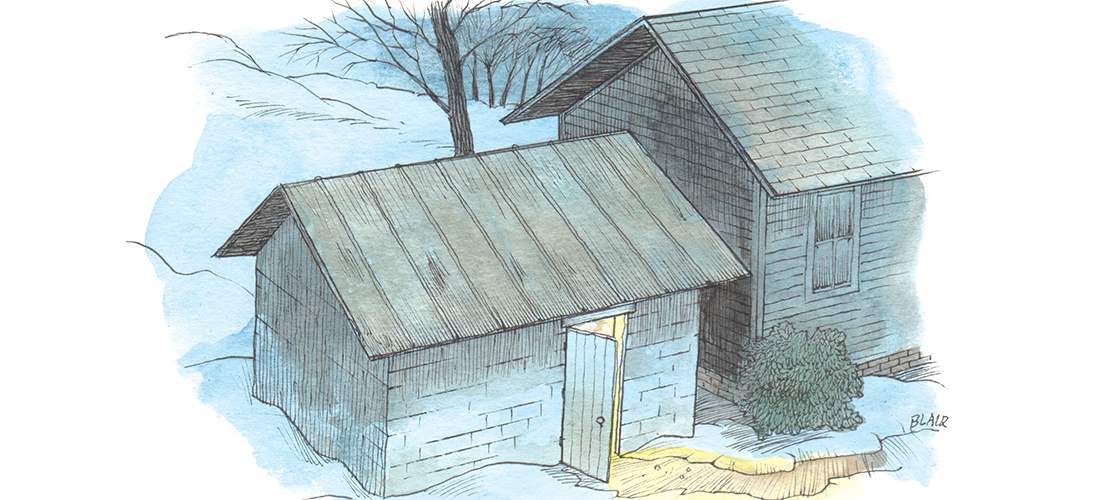
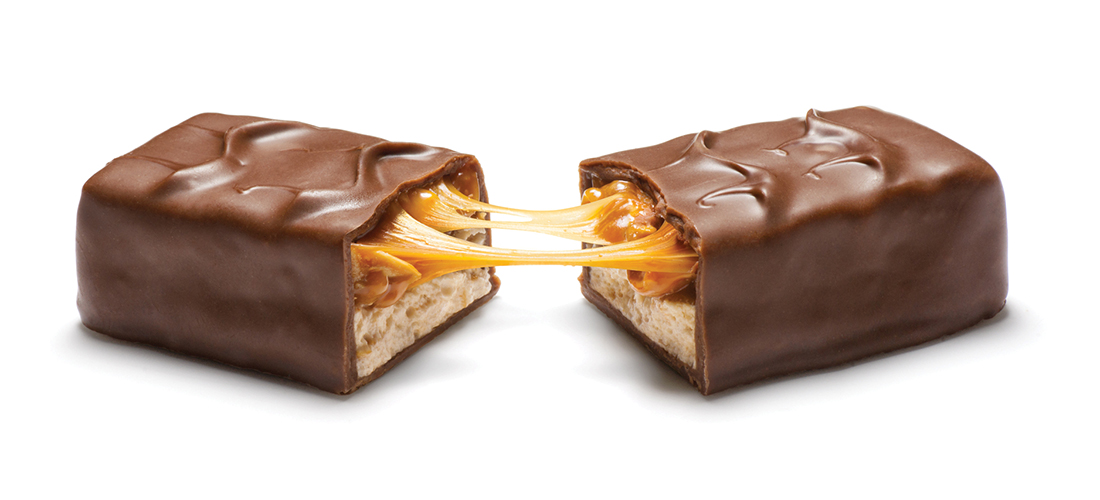

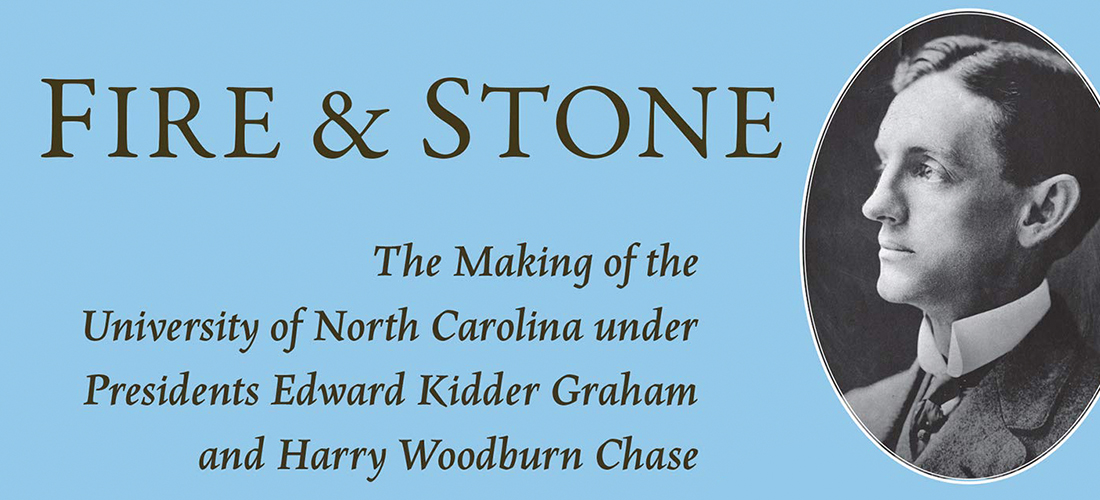


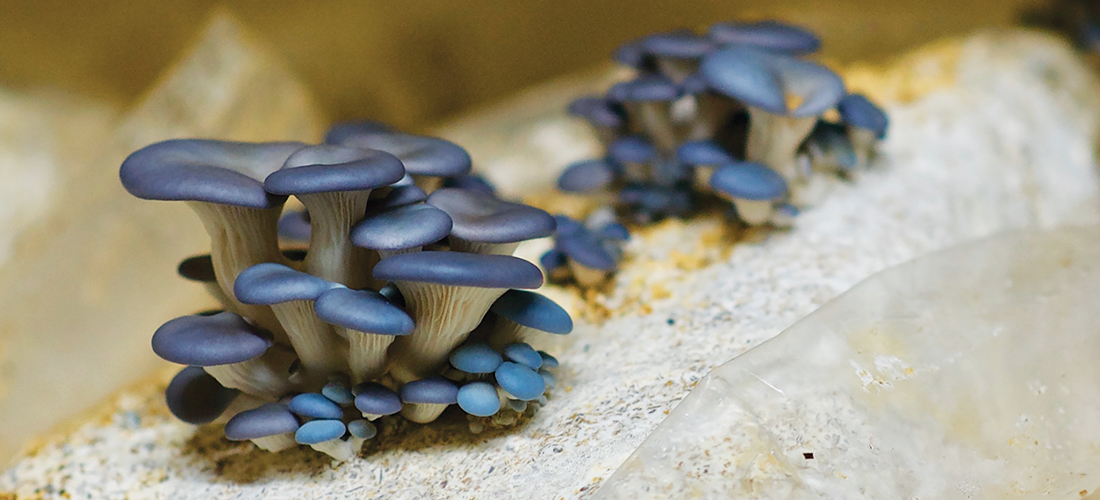
 F
F Laura and I sit down at a thick-legged dining table. She tells me she and Ches founded
Laura and I sit down at a thick-legged dining table. She tells me she and Ches founded  Whatever Joel Salatin is, he’s inspirational. He’s written 12 books and delivers inspiring educational presentations around the country.
Whatever Joel Salatin is, he’s inspirational. He’s written 12 books and delivers inspiring educational presentations around the country. Now we’ve reached the machine in front of the shed. It’s used to inject substrate — the material in which the mushrooms will grow — into clear bags. After the substrate, a splash of water is injected. The tops of the bags are folded over. Then they’re placed into a galvanized livestock watering trough that has been outfitted with propane burners on the bottom.
Now we’ve reached the machine in front of the shed. It’s used to inject substrate — the material in which the mushrooms will grow — into clear bags. After the substrate, a splash of water is injected. The tops of the bags are folded over. Then they’re placed into a galvanized livestock watering trough that has been outfitted with propane burners on the bottom.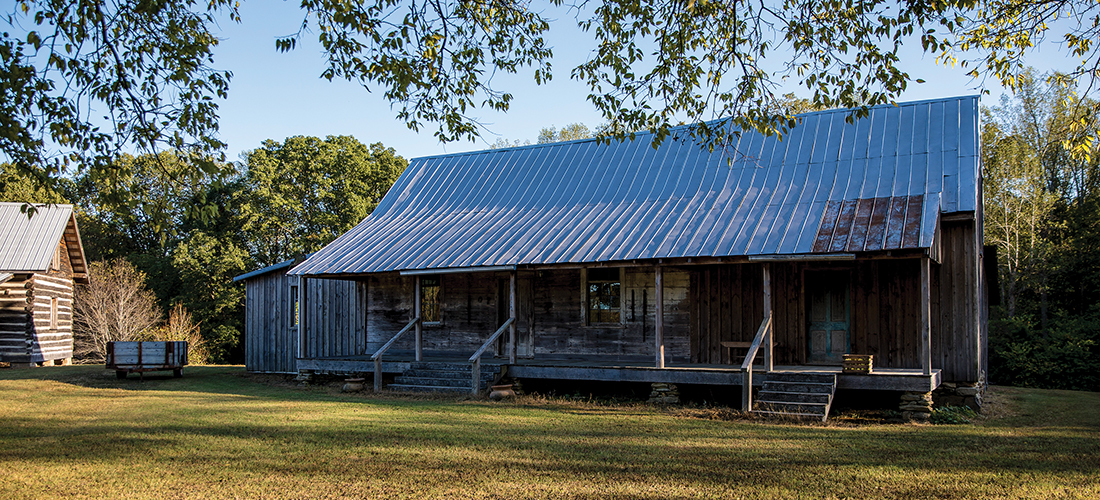
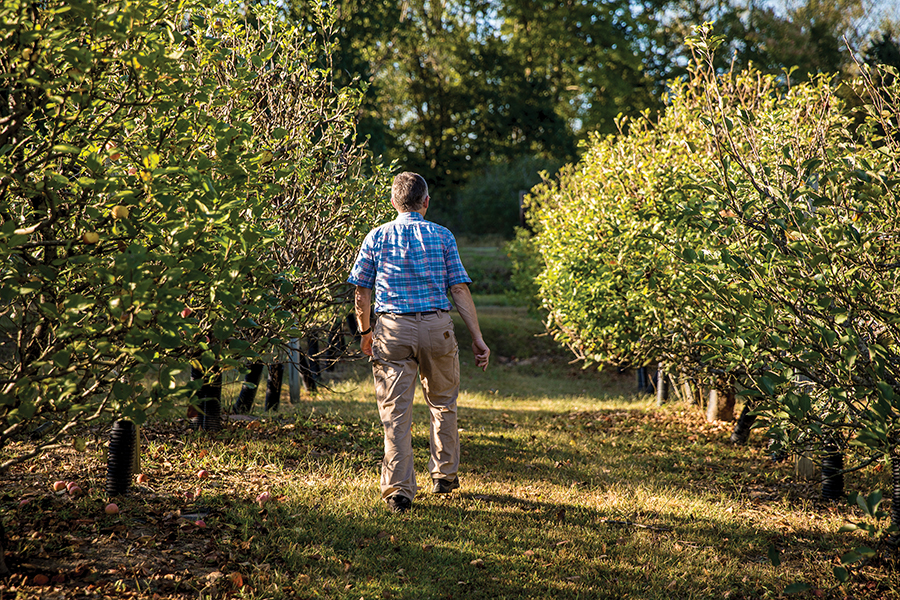 David Vernon is an apple guy.
David Vernon is an apple guy.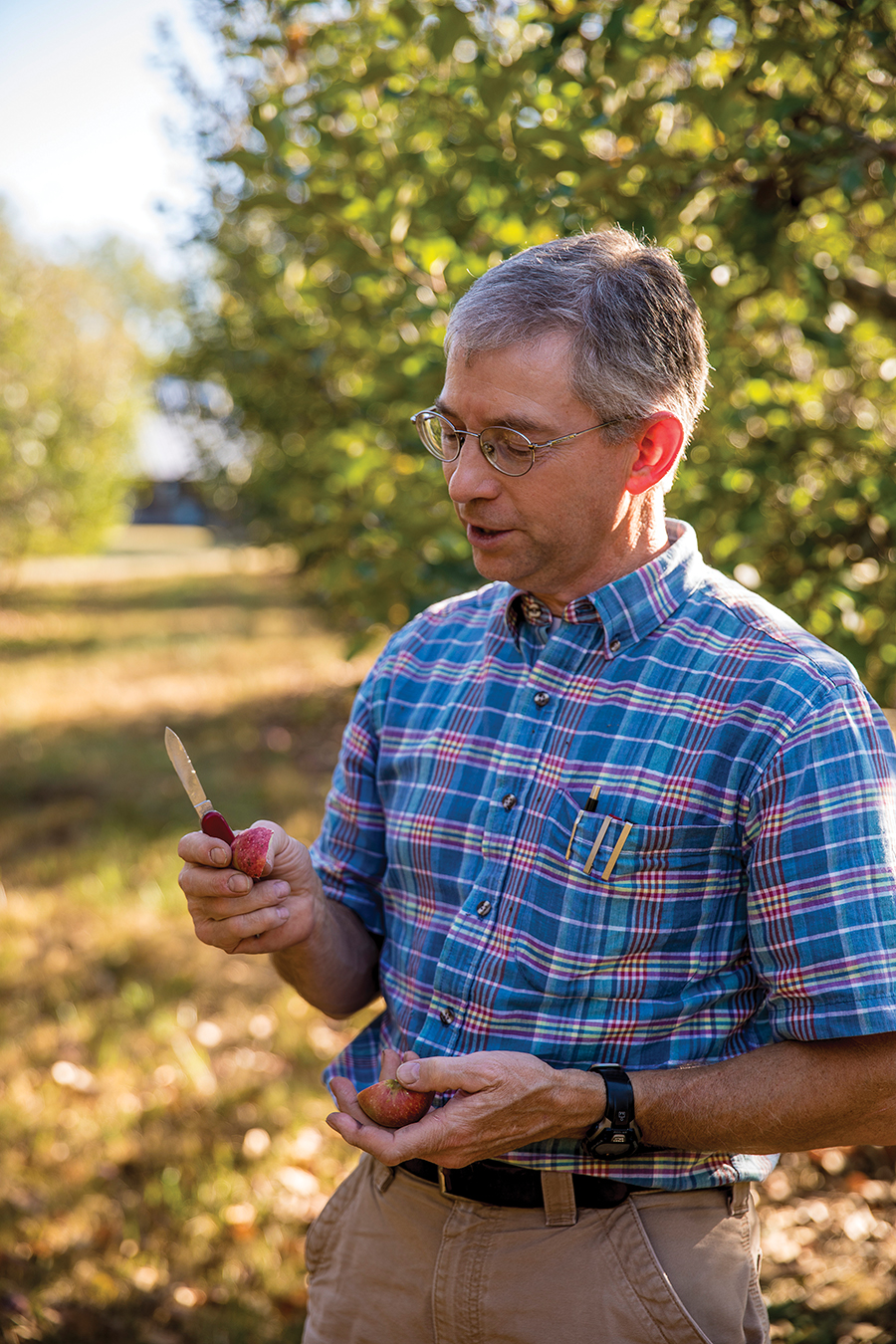


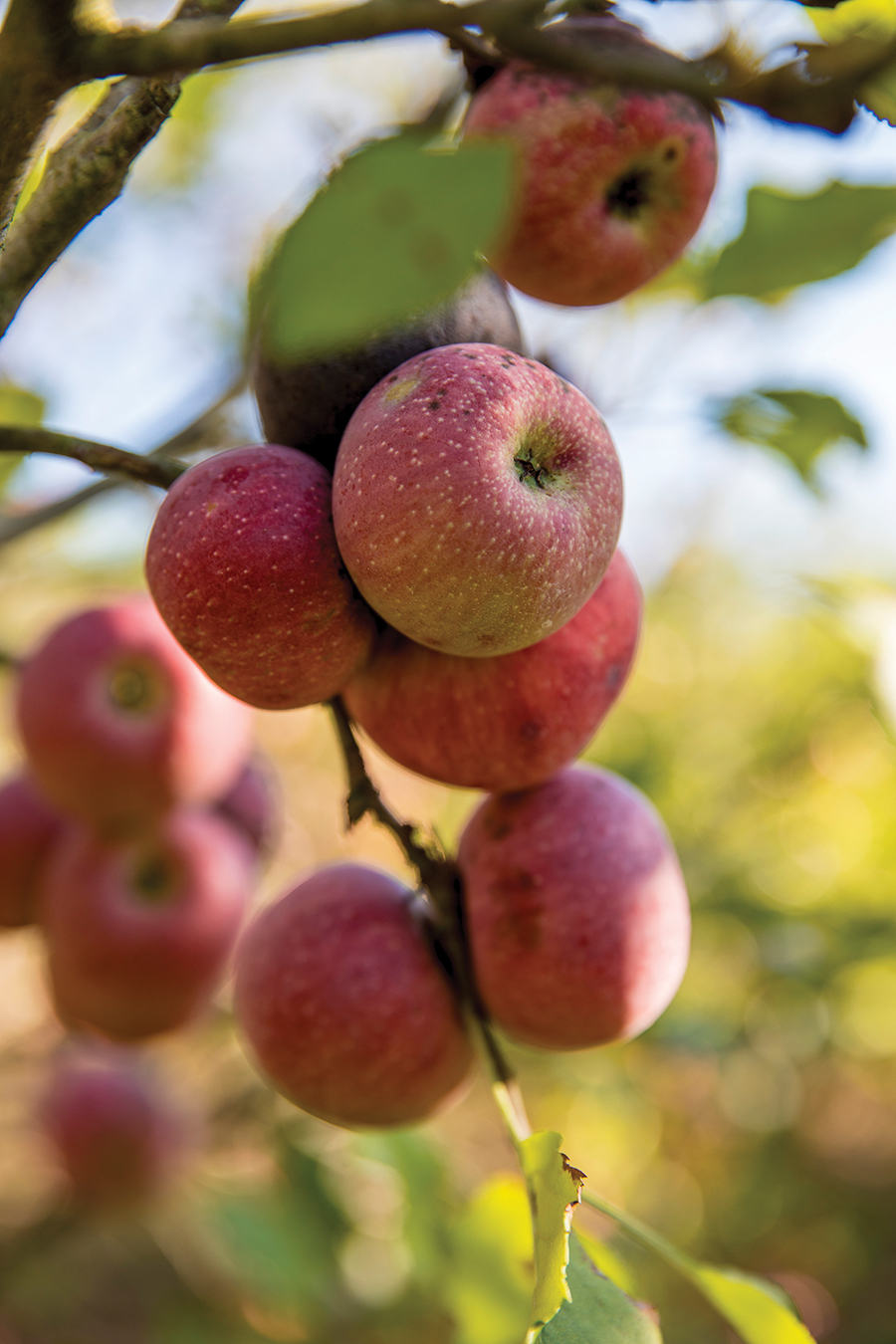 Vernon does custom grafting, too. Historical properties pay him to propagate their stock. Sometimes, he keeps a few grafts with their permission.
Vernon does custom grafting, too. Historical properties pay him to propagate their stock. Sometimes, he keeps a few grafts with their permission.
